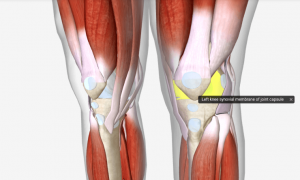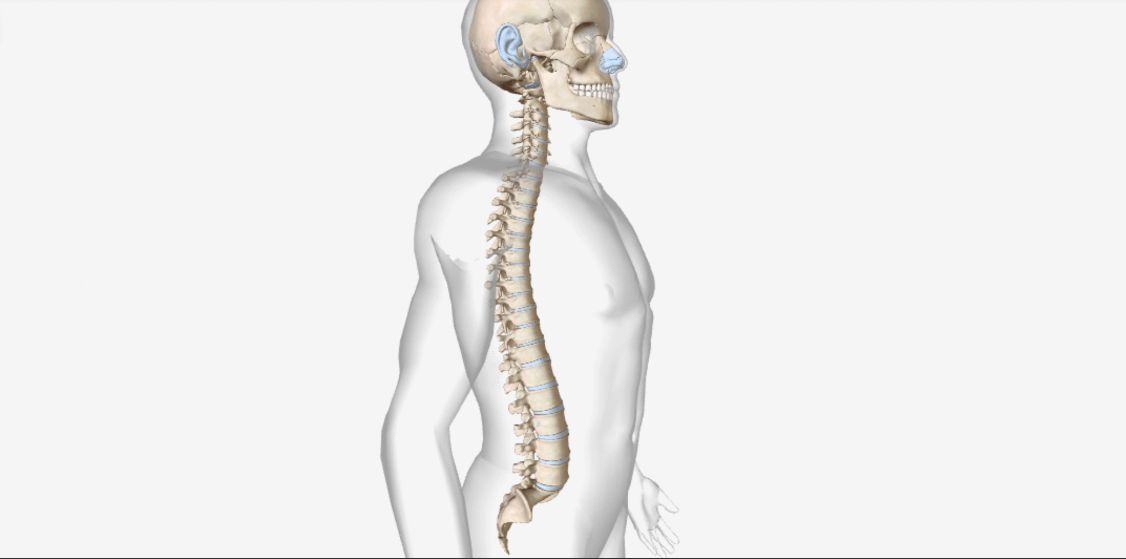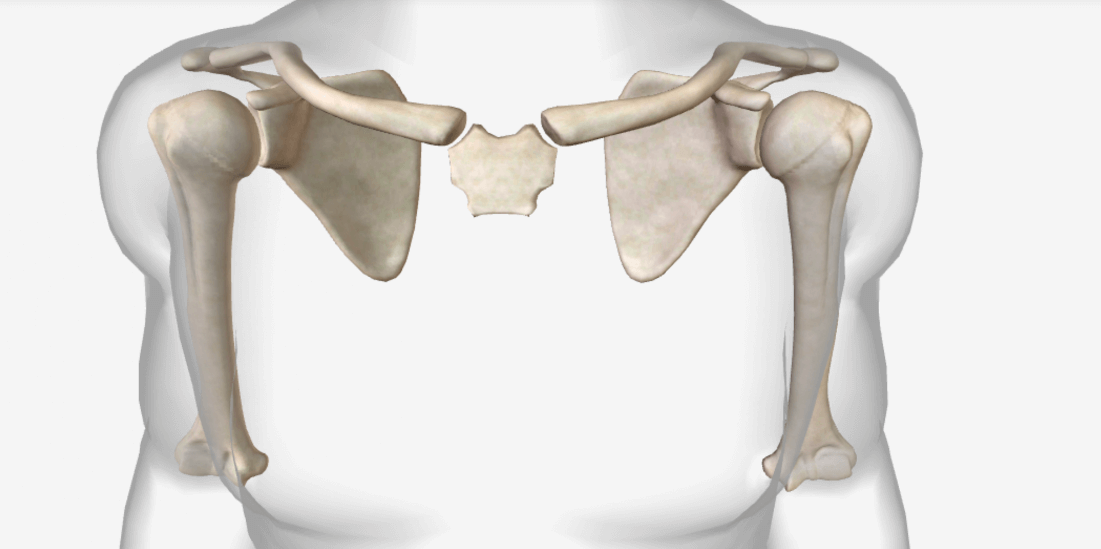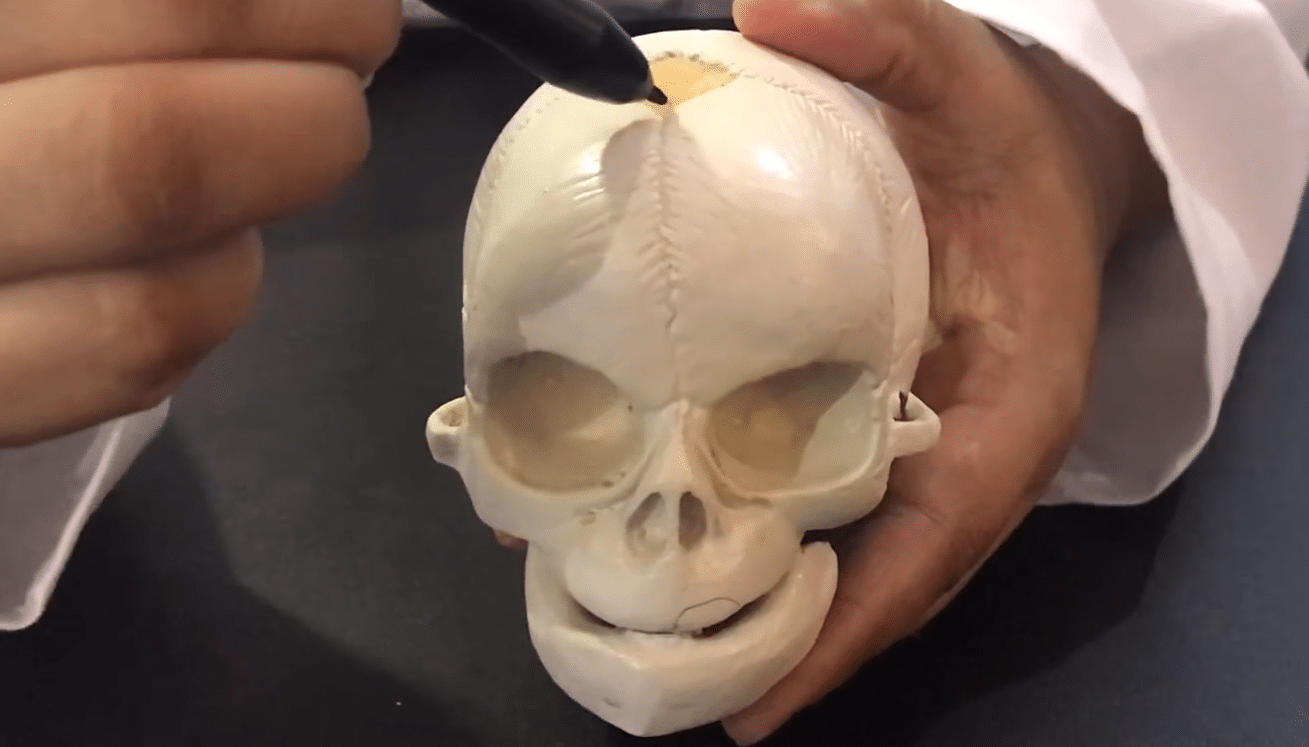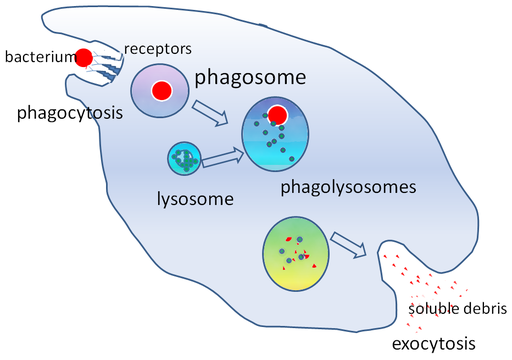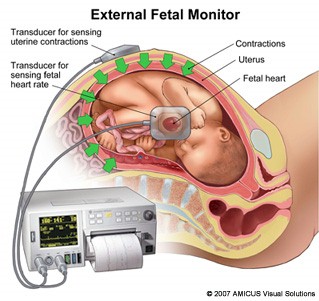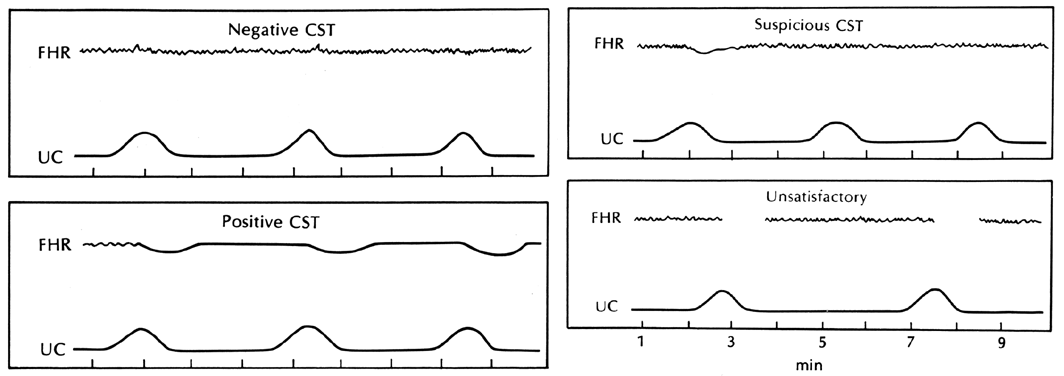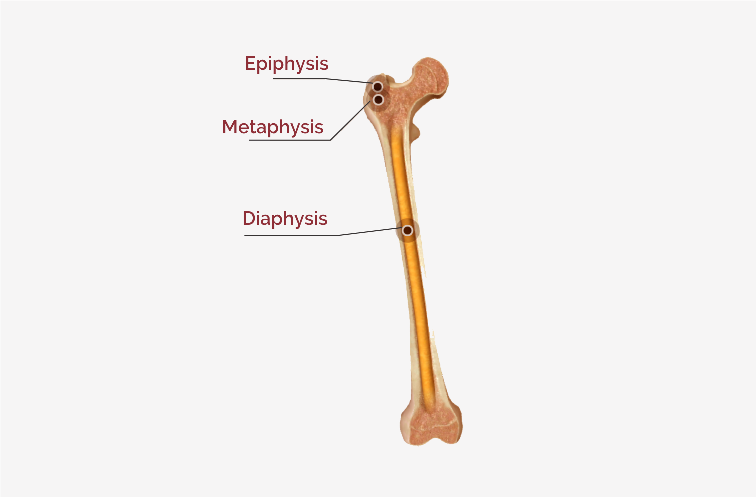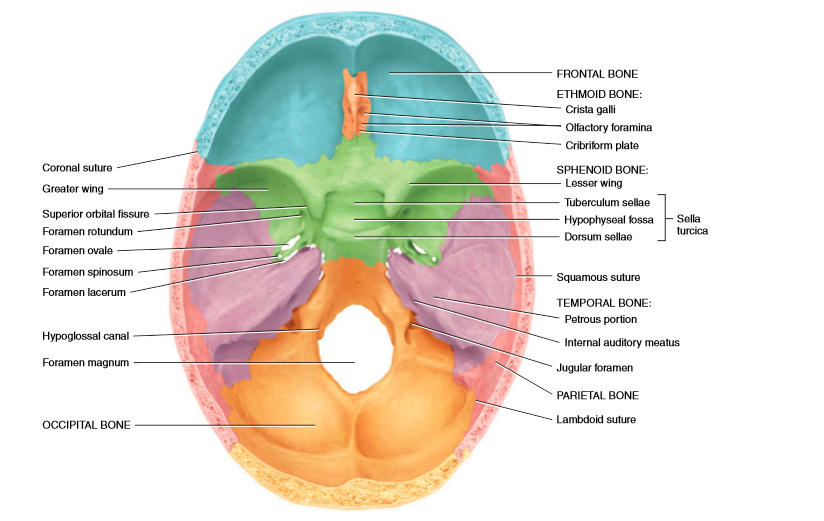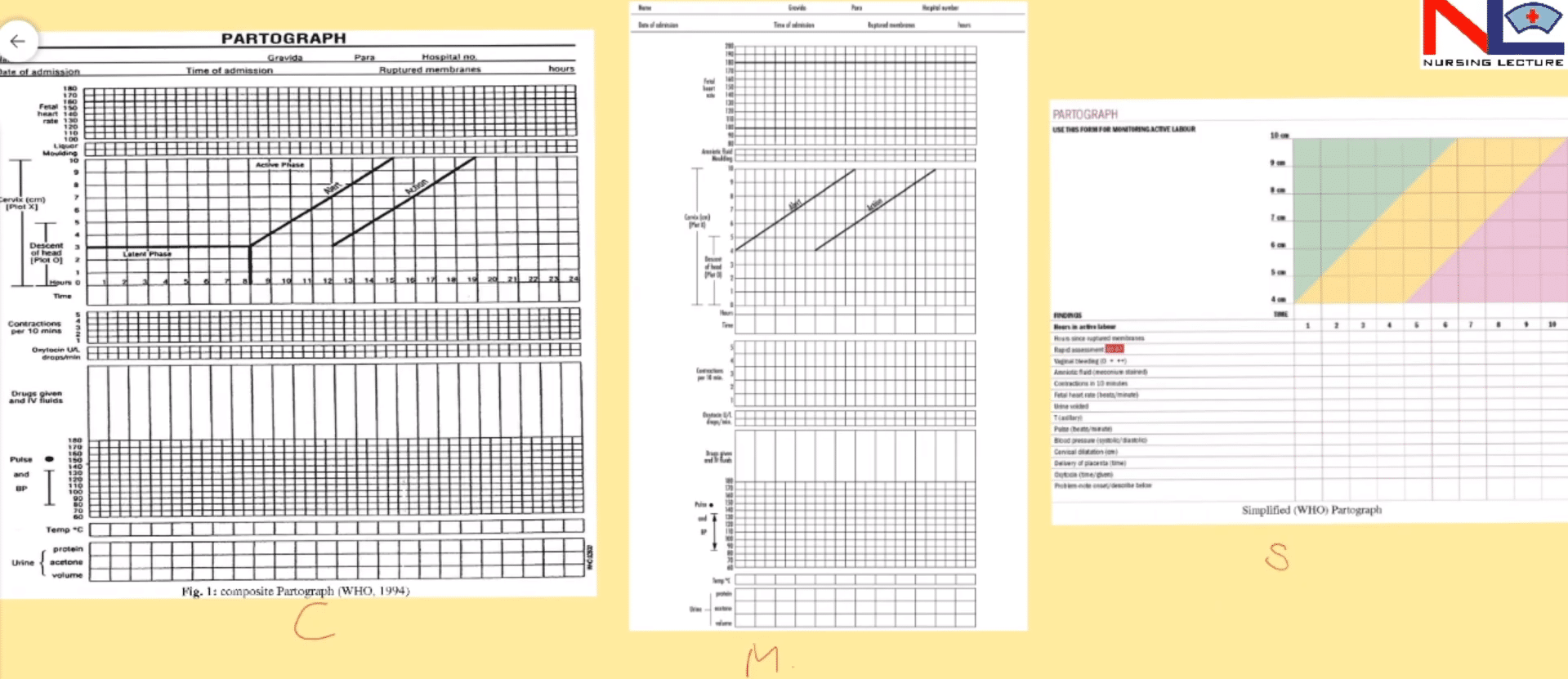Thorax
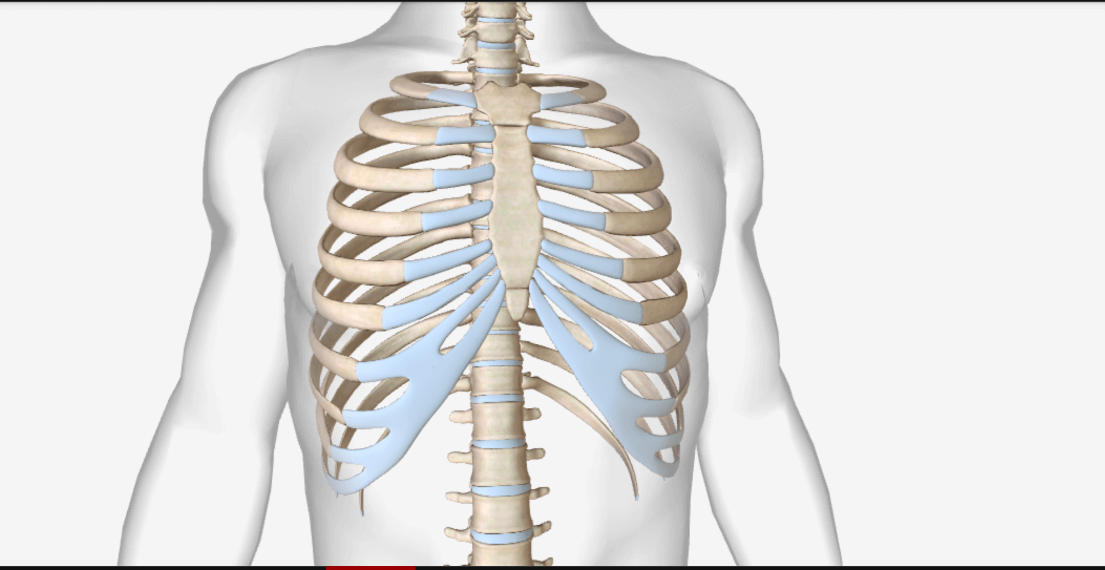
The Thorax is the chest region and the thoracic cage, is formed by the sternum, ribs and their costal cartilages and the bodies of the thoracic vertebrae.
-The costal cartilages attach the ribs to the sternum directly or indirectly. It is narrower at its superior end and broader at its inferior end or protects the organs in the thoracic cavities.
Sternum
-It is a flat, narrow breastbone, located in the center of the anterior thoracic wall.
-It is about 15 cm in length and has three parts. The superior part is the manubrium, the middle and largest part is the body and the inferior smallest part is the xiphoid process.
-These 3 segments become fuse, are marked by transverse ridges. The manubrium and body form the sternal angle.
-There is depression on the superior surface of manubrium is suprasternal notch. Lateral to the suprasternal notch is clavicular notches that articulate with the clavicles to form the sternoclavicular joints.
-The manubrium also articulates with the costal cartilages of the first and second ribs.
-The body of the sternum articulates directly or indirectly with the costal cartilages of the second through tenth ribs.
-The xiphoid process consists of hyaline cartilage and there are no ribs that are attached to it.
Ribs
-There are twelve pairs of ribs.
-The length increases from the first through seventh and then decreases to the rib 12.
-Each rib articulates posteriorly with its corresponding thoracic vertebra.
-The first to seventh pairs of ribs have a direct attachment to the sternum by hyaline cartilage (costal cartilage) are known as true (vertebrosternal) ribs and this articulation is called as sternocostal joints.
– The remaining five pairs of ribs are termed false ribs, the eighth, ninth, and tenth pairs of ribs attach to one another and then to the cartilages of the seventh pair of ribs and finally to the sternum and the eleventh and twelfth pairs of ribs are floating because their costal cartilages do not attach to the sternum at all but attach posteriorly to the thoracic vertebrae.
-The head is a projection at the posterior end of the rib having superior and inferior articular facets.
-The facet of the head may fit either into a facet on the body of a single vertebra or into the demifacets of two adjoining vertebrae to form a vertebrocostal joint.
-The neck is a constricted portion of a rib lateral to the head.
-A structure on the posterior surface, where the neck joins the body, is a tubercle.
-The part of the tubercle articulates with the facet of a transverse process of a vertebra to form vertebrocostal joints.
-The body or shaft is the main part of the rib and there is a curvature called the costal angle.
-The inner surface has a costal groove that carries the intercostal blood vessels and a nerve.
-Spaces between ribs are intercostal spaces, these are occupied by intercostal muscles, blood vessels, and nerves.
Thoracic vertebrae
-Posteriorly ribs attach with thoracic vertebrae.
-Thoracic vertebrae have longer and larger transverse processes with costal facets, the vertebral bodies of thoracic vertebrae have articular surfaces that form articulations with the heads of the ribs.
– A facet is formed when the head of a rib articulates with the body of one vertebra, demifacet is formed when the head of a rib articulates with two adjacent vertebrae. These articulations between the thoracic vertebrae and ribs called vertebrocostal joints.

